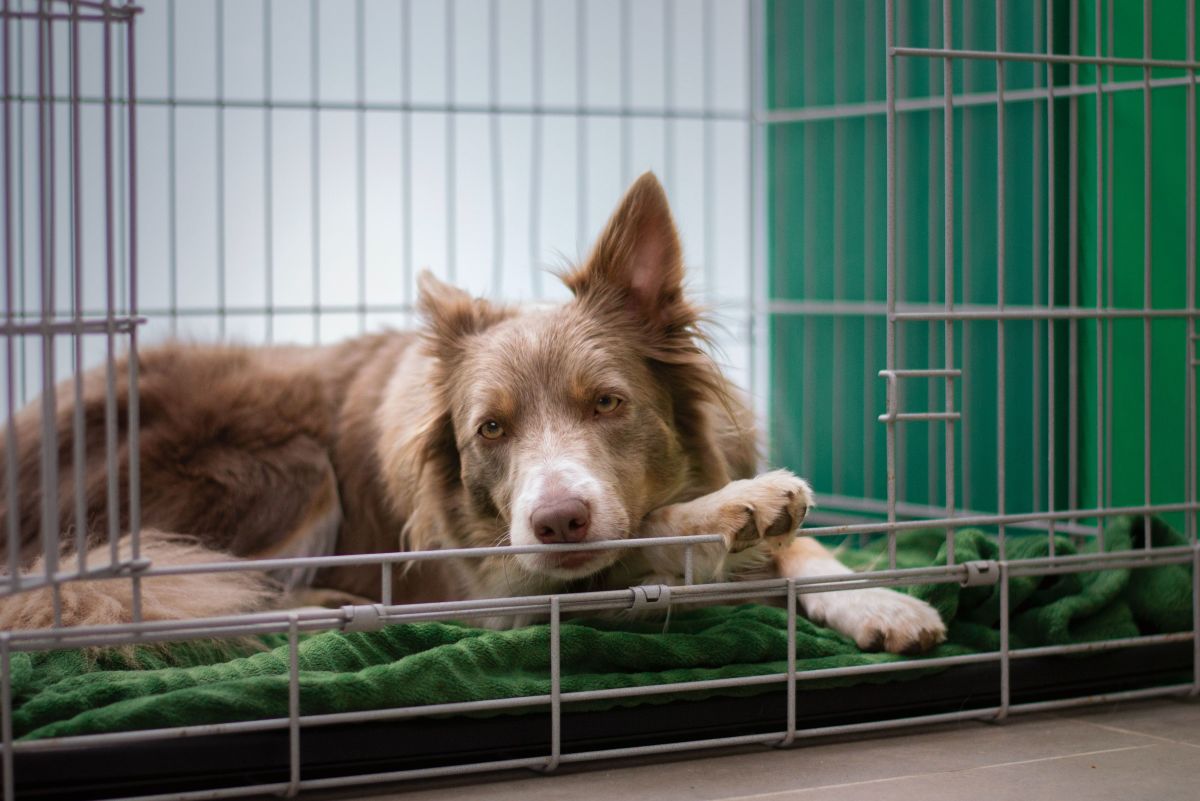Every dog user dreams of possessing a well-behaved associate that listens attentively, enjoys social relationships, and adapts flawlessly to day to day life. The good news is usually that transforming the furry friend in to an exemplary family pet is entirely possible with the right training methods. Whether you're welcoming a playful pup into the home or perhaps dealing with an elderly dog, comprehending the rules of dog training can make a world of difference.
In this manual, we will discover the magic involving training a dog by covering essential commands every dog should learn, effective techniques for toilet training, and typically the crucial role of positive reinforcement. You will discover useful tips to handle common challenges, such as leash taking and separation stress, while also getting insights into advanced training techniques for off-leash walking and canine sports. Let’s embark on this quest to create a harmonious relationship with your dog, ensuring they become the well-mannered companion an individual always wanted.
Essential Commands for Every Canine
Dog training to respond to essential commands may significantly enhance your current relationship and be sure safety for the two of you. The basic commands for instance Sit, Stay, Come, Down, and Rearfoot form the basis of good habits. Teaching these directions not only gives your dog with structure but in addition gives you handle in various scenarios. As an example, mastering typically the Sit command may stop your dog by jumping on friends, while Come may ensure your furry friend returns swiftly when called.
Incorporating positive reinforcement is major to effective coaching. Using treats, reward, or playtime while rewards encourages your own dog to learn and obey commands. Persistence is vital; exercise the commands every day, and always praise your dog when these people succeed. Begin with basic commands in a distraction-free environment before steadily adding challenges including noise or some other people. This approach helps your doggie generalize their training to different conditions.
Comprehending the importance of tolerance and perseverance can not be overstated. Each pup learns at it is own pace, thus some may acquire longer to understand directions than others. Sustain a positive frame of mind and keep coaching sessions short yet frequent in order to avoid your dog from shedding interest. By centering on these essential instructions, you're not merely teaching obedience; you're also building confidence and also a strong attachment along with your canine partner.

Effective Training Techniques
When it comes to transforming your pup into some sort of well-behaved companion, using effective training methods is crucial. Optimistic reinforcement stands away among the best ways in order to train your pet. This particular method involves rewarding your dog along with treats, praise, or playtime whenever they will exhibit desired habits. By consistently reinforcing good behavior, the dog will find out to associate specific actions with good outcomes, which encourages those to repeat individuals actions in the future. Using goodies wisely can enhance this process, because dogs are generally motivated by foodstuff.
Clicker training can be another effective method which utilizes a noise, such as the clicker, to tag the complete moment your dog performs typically the desired behavior. This approach allows for exact communication between an individual and your pet dog, helping them realize exactly what is expected. Using the click along with a reward reephasizes the behavior, building it easier for the dog to study commands like sit down, stay, and take place when called. The particular consistency of this particular technique can drastically improve training effects, especially for young puppies.
Training an older doggie can come with its difficulties, but with the appropriate techniques, you could attain success. One important aspect is patience, as older dogs may consider longer to find out new commands or even adjust to brand new routines. Focus about building trust by way of positive reinforcement plus gradually introduce new commands or routines. Incorporating play directly into training sessions not only makes learning satisfying but also strengthens the bond in your way on the path to your older doggy. With dedication and the right strategies, every dog, regardless of grow older, can be trained to be an amazing companion.
Addressing Common Behavior Concerns
Many dog owners encounter behavioral issues that can disturb their daily life. One of the most common issues is excessive barking, which can be frustrating with regard to both the owner and neighbors. To address this, teaching your dog the command " quiet" can become effective. Begin simply by allowing Kansas City dog training to be able to bark several times plus then calmly expose the command. Once your dog stops woofing, reward them along with a treat. https://output.jsbin.com/rifagifawe/ will be key, and over time frame, your dog learn to associate the particular command with silence.
An additional prevalent issue is definitely destructive chewing. Dogs often chew when bored, anxious, or teething. To reduce this behavior, ensure your dog provides lots of appropriate chew up toys and participate them in normal physical and psychological exercises. If you catch your dog biting on something they will shouldn't, redirect all of them to an appropriate chew toy in addition to praise them any time they select the right item. This helps to strengthen positive behavior whilst satisfying their all-natural chewing instincts.
Separation anxiety is another obstacle many dog users face. Dogs with separation anxiety may well exhibit destructive actions or incessant screaming when left on your own. One effective method to alleviate this particular anxiety is kennel training. Create some sort of safe and cozy space for the doggy with positive interactions. Gradually raise the period your dog spends in the crate when you are home and then practice quick absences to help them become accustomed to being alone. With persistence and training, you may help your dog feel more protected and relaxed if you are not around.
